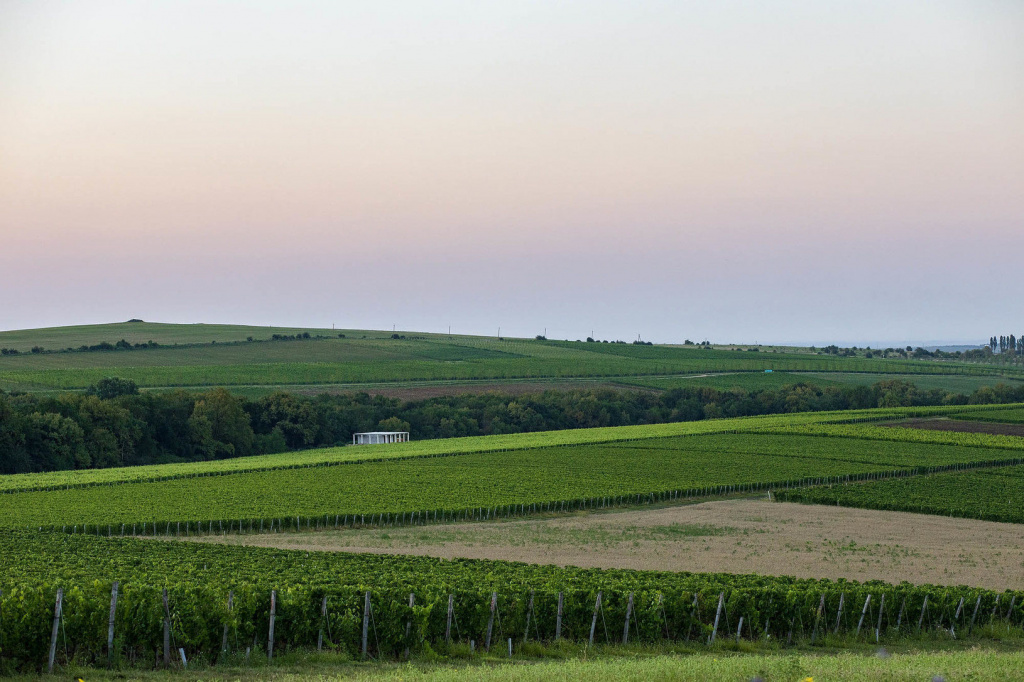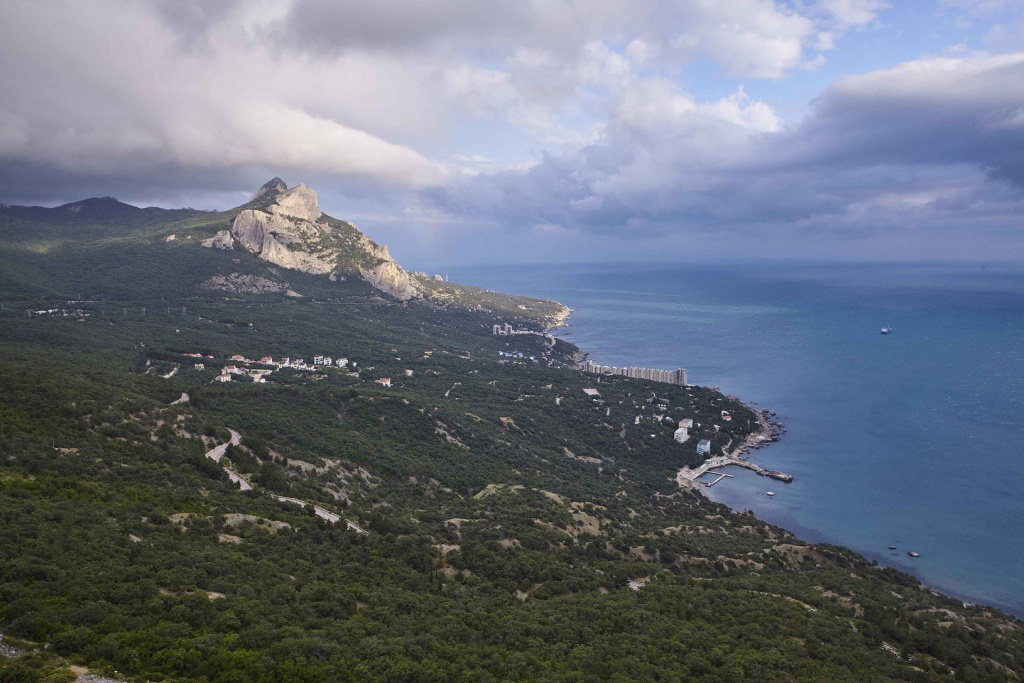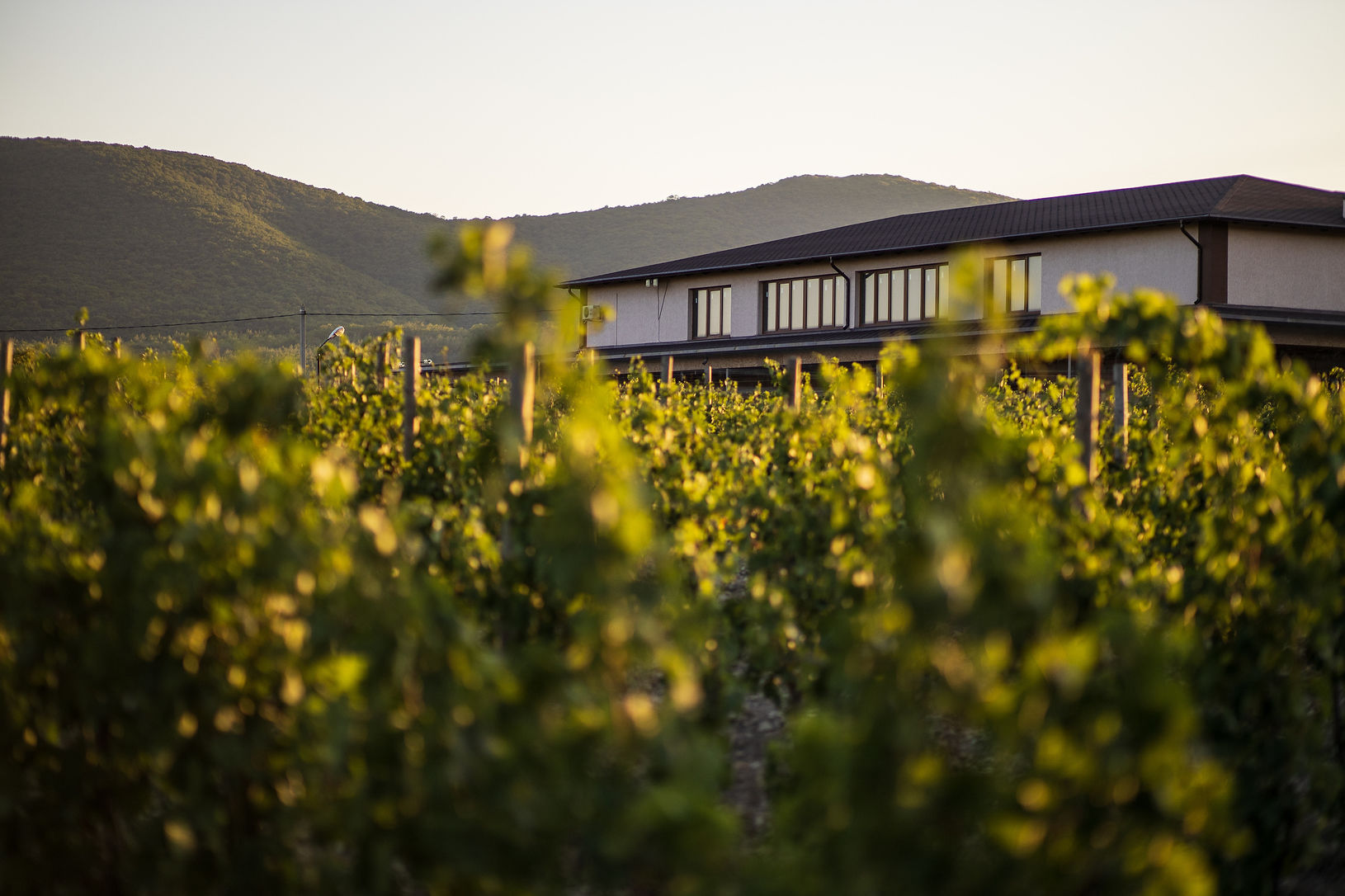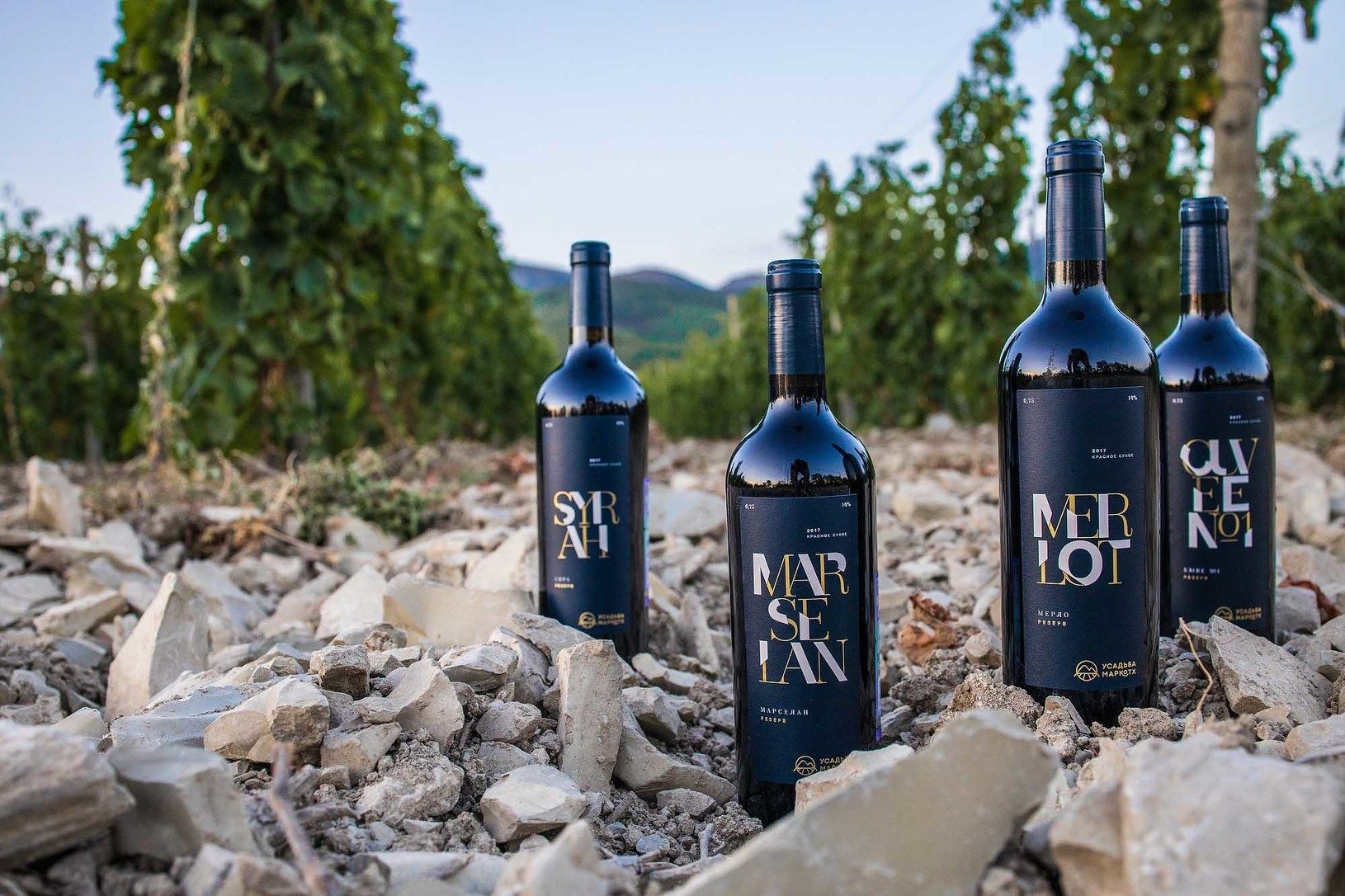The hope to find a "Russian Bordeaux" on the map is being discussed more and more often. Farkhad Nagdaliyev, at the request of SWN, laid out our best terroirs: valleys, slopes, and hills.
Farkhad Nagdaliyev, Ph.D. Biology, head of the project "Usadba Senetkh" (Gostagaevskaya town, Krasnaya Gorka settlement), with its first release expected in 2021 (from vineyards of Saperavi, Rkatsiteli, Mtsvane, Khikhvi, Krasnostop Zolotovskii).
Our Russian homeland, despite the leading role of the church, did not emphasize the centuries-old culture of consuming the "blood of Christ." Russia expanded into areas where grapes could be grown relatively recently, and then the collapse of the empire stunted the first buds of high regard for the vine. During the Soviet era, in fact only two decades (the 60s and 70s) could be called "respectful" in their attitude to the wine industry, and then it was abandoned again. Fortunately, we didn’t lose the main thing: natural landscapes suitable for cultivating the best grapes. The western spurs of the Lesser Caucasus Mountains, with their protected forests of almost totally wild nature, are covered by soils (once the bottom of the sea) that have been subjected to wind erosion for thousands of years. Western Crimea features the valleys of the rivers Kacha, Belbek, and Tchernaya, flowing from the Crimean Mountains into the Black Sea. For many European and New World vineyards, the influence of oceans and seas is the dominant factor; on our hills the continental climate actively competes with the Black Sea, and together with the diverse landscapes, creates a wide variety of microclimates and wine styles.
We are now witnessing a renaissance of European wine in Russia. Why “renaissance”? Because our modern producers are seeking the best wine expressions that France, Italy or Spain can offer, but interpreted on our local terroirs – and sometimes they find them. In the valley of the river Kacha, on lime-clay soils, we have our own "Penedès," with sparkling wines in a "southern" style, very fruity and with high acidity, fresh and crispy. Syrah ripens beautifully in the loam, stony and sandy soils of the valley of the Alma River, creating associations with the northern Rhône. The cool hills over the Chernaya River give interesting Pinot Noir which reminds one of Burgundy.

© Igor Rodin
Moving through the mountain passes down to the South Coast, we find ourselves in the kingdom of sweet and fortified wines. The land around Massandra consists of red soils. Combined with the arid coastal climate, they produce berries rich in sugar and phenolic compounds. This typical local style of wine, long well-known to Russian consumers,is still in demand. We will not draw parallels with Sicilian Marsala, Mediterranean Malvasia, or Malaga; the South Coast has worthy examples of these wine styles, as well as Sherries.
Let’s move to the east to the Meganom cape, where you will find the indigenous grape varieties of Crimea – including the most prominent one, Kokur – grown in three valleys that were raised from the sea bottom in the Jurassic period. Such full-bodied and aromatic dry white wines can be found in many regions of southern Europe, especially in Italy. I have enjoyed Vermentino from Sardinia and Vernaccia di San Gimignano in Tuscany, both produced in this style.

© Vanya Berezkin
With only a couple of hours of travel, we cross the Kerch Strait on the Crimean Bridge, its easternmost support columns sunk deep in the swelling sands of the Taman Peninsula. Before our eyes spreads a plain, dotted with occasional hills and densely planted with slender vine rows. In Soviet times, more than half of the Krasnodar Region’s grapes grew here. The scientific name "chestnut black-earth" refers to the local сlay-loam and sandy-clay soils, which are well-drained and perfect for mass viticulture. Surrounded by three bodies of water (Black Sea, Sea of Azov, and Kerch Strait), classic European-style wines are produced here – especially Chardonnay and Pinot Noir, which show great potential for sparkling wine production.
The roadway soon splits in two, but both routes promise new experiences for the wine lover. The left road will lead us to the Krymsk region, to the "cold belt" of viticulture. But now we turn to the right, and we find ourselves on the sandy spits of Anapa. The local vineyards once produced the famous Rieslings of Anapa and Su-Psekha, but now we see only motley low-rise buildings here. Nevertheless, this powerful southern “petrol” style of Rieslings, similar to Australian ones, can still be found in wines produced from the grapes grown by the nearest neighbors on the sandy loam of the Taman Peninsula.
Outside the city, we find ourselves on the highway to Novorossiysk. It runs across the Anapo-Natukhaevskaya plain, bounded on two sides by the heights of the Semisam (to the south) and Nameless (to the north) Mountains. The soils here are limestone, poor and eroded on the slopes of the hills, and loamy at their base. With its variety of expositions and soils, diverse grape varieties, proximity to the sea, and hot seaside climate, this area is similar to the French Languedoc region. And there is also a local "Rhone Valley," with Roussanne, Marsanne, Viognier, Syrah, and Mourvèdre.
Semigorye and Novorossiysk, open to the northeasterly continental winds, add new colors to the “climatic palette” – it is cooler here, so the style of wines changes slightly. Cabernet Sauvignon has traditionally turned out well on these plots of marl schists from the upper and lower Cretaceous. Now the focus here is gradually turning to Cabernet Franc. You won’t find jammy New World-style wines here, as it is not that hot here. Then, rising higher above sea level, we arrive in the district of Lake Abrau, where the laurel wreath of victory is given not to still wines but to classic-method sparkling wines. However, these are not like Champagne, as the climate is fundamentally different.
Unlike the Novorossiysk region, Gelendzhik is shielded from continental fronts by the high Markotkh Range. Also, the humidity here is very low, and dry winds are not uncommon. In the foothills of the range, the climate is semi-desert. In the summer it can feel like you are in Barossa. Gelendzhik, with its marl soils, produces very ripe red wines, distinguished by blackberry and cherry characteristics, and ripe tannins. I like their comparison with the Tuscan Morellino.

© Igor Rodin

© Igor Rodin
To the north, behind the Markotkh Range, lies the "cold belt" formed by the vineyards of Krasnaya Gorka near the town of Gostagaevskaya, the Lefkadia Valley, Sauk-Dere, and Nizhnebakanskaya. This is a very rugged hilly upland of the northern and northwestern slopes of the Caucasus Range, draped with protected forests; gray soils of various origins, including calcareous ones, lie atop limestone shales. The hills of Krasnaya Gorka extend beyond the range at its western end, looking toward the sea to the south and southwest. Here is an area of beautifully refreshing white wines and elegant reds, which tasted blind can be attributed to Friuli. The large fluctuation between night and day temperatures during the ripening period allows the berries to retain organic acids, which give the wines a good potential for bottle aging.
If we continue to talk about the categories of Russian wines, it is impossible not to mention Don Valley winemaking. It is based on the use of indigenous grape varieties, which are always interesting wherever they are grown. The viticulture of the Lower Volga is, first of all, delicate white wines. Perhaps someday we will taste Styria in them. The Dagestan and Stavropol Regions, for now, are known for mass production, where the wine style is determined not by the climate but by the winemaker.
As you can see, friends, the landscapes of vine-growing Russia are exceptionally rich, and the types of wines are very diverse. They are waiting for inquisitive wine-loving researchers. It is very interesting to set out on this path of learning. Perhaps the skepticism of a Francophile will soon be dispelled, or at least shaken – and they will give their due not only to Russian wine but also to the beautiful nature of Russia. Come and see!
Cover photo: © Vanya Berezkin.

